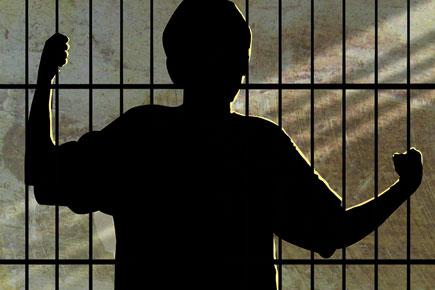Mandatory minimum sentences, three-strike policies, and mass incarceration are buzzwords that are commonly tossed around by many politicians, in particular by those running for President. Many people believe the U.S. needs major reforms in a broken criminal justice system in which it has four times more people incarcerated than in China. But what do these words mean and how do we fix America’s broken criminal justice system?
During his latest presidential campaign, when Senator Bernie Sanders mentioned the high rate of incarceration in the U.S., he was talking about the 1.5 million prisoners in state and federal prisons throughout the U.S. With an imprisonment rate that is five times greater than it was 45 years ago, America has the biggest prison population in U.S. and world history. Mandatory minimum sentences keep this population growing. These federal sentences are the shortest time a judge is legally allowed to give a defendant to serve based on sentencing guidelines. These minimum mandatory sentences are often given to drug offenders. For example, a first non-violent drug offense involving a little over two pounds of heroin requires a minimum of 10 years in prison. That’s the same sentence that applies to sex trafficking children over the age of 14.
Three-strikes policies impose a mandatory minimum sentence of 20 years to life for committing a third violent or serious felony, typically involving drugs. To give an idea of how this affects the average taxpayer, the annual cost of the average federal inmate is $27,549. A report released in 2015 cited the prison population decreased by 1%, the largest in 35 years; the U.S. is still facing an overpopulated and expensive prison system.
So what is being done to fix the problem? A lot, or at least a lot is being done to cut spending. Republican Representative Bobby Scott of Virginia and Senator Mike Lee of Utah recently introduced bills that would minimize the federal prison population and reduce mandatory minimum sentences. But in reality, states hold most prisoners. Some 30+ states have reached out to research base groups. The groups help make data-driven policies that will cut spending and put those savings back into programs and communities to lower recidivism. This is done through the initiative called the Justice Reinvestment Initiative, JRI. It can work for states like Louisiana, which has reduced its imprisonment rate by 5% since 2007.
But for other states, it has not been so successful. Arizona, which adopted JRI in 2007, repealed the law due to budget and political pressures. Since 2007, Arizona has had a 7% increase in imprisonment rate. In contrast, New York, New Jersey, and California have developed their own policies. Each has reduced incarceration rates over eight years. California specifically reduced its imprisonment rate by 26% since 2007 and created 85 new policy reforms.
This data shows that, while policymakers are working to mend a broken justice system, there is still more work to be done. While no one denies that there are challenges, these challenges can be overcome by correcting the flaws in the criminal justice system. This is something to keep an eye out for during the next presidential and congressional elections.
Adam Quirk, MCJ & MBA, is a criminal justice professional and private investigator.

